Want to consistently hit the bullseye? The key to bullseye accuracy improving tips lies in refining your stance, grip, throw, and mental game. This article delves into these core elements, providing actionable techniques and drills to elevate your dart game and help you land those coveted 50-point shots more often.
⚠️ Still Using Pen & Paper (or a Chalkboard)?! ⚠️
Step into the future! The Dart Counter App handles all the scoring, suggests checkouts, and tracks your stats automatically. It's easier than you think!
Try the Smart Dart Counter App FREE!Ready for an upgrade? Click above!
Mastering the Fundamentals: Essential Bullseye Accuracy Improving Tips
Before diving into advanced techniques, it’s crucial to solidify your foundation. This involves perfecting your stance, grip, and throw – the building blocks of consistent dart throwing accuracy.
Stance: Building a Stable Base
Your stance is the bedrock of your throw. A stable and balanced stance allows for consistent weight distribution and minimizes unnecessary movement. Experiment to find what feels most natural and comfortable for you. Consider these options:
- The Front-On Stance: Facing the board directly provides a clear line of sight but can strain your back over long periods.
- The Side-On Stance: Standing perpendicular to the board reduces back strain and allows for a smoother throwing motion. Most professionals favor this approach.
- The Angled Stance: A hybrid approach, offering a balance between visibility and comfort.
Regardless of the stance you choose, ensure your weight is evenly distributed and your front foot is aligned with the oche (the throwing line). Practice maintaining this stance for extended periods to build muscle memory.
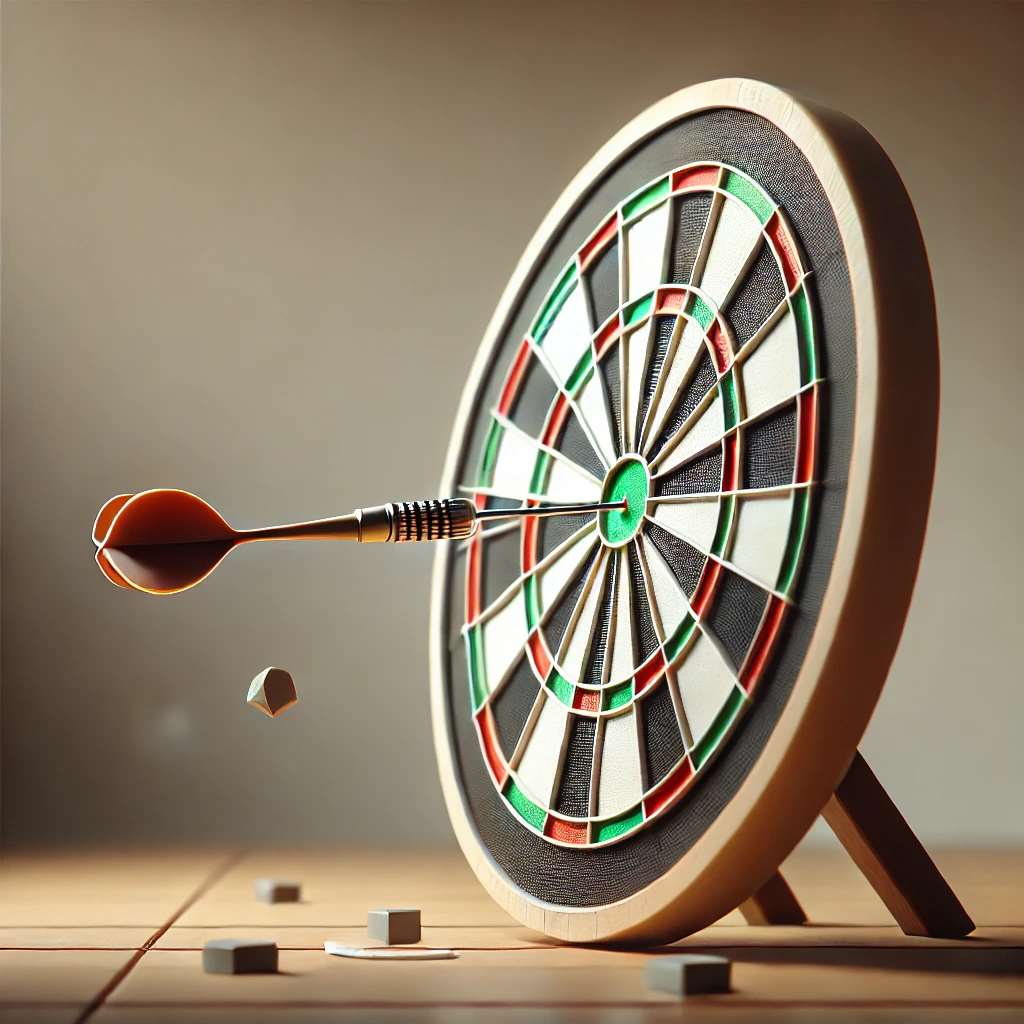
Grip: Finding What Works for You
The grip is your direct connection to the dart. A consistent grip ensures consistent release. There’s no single “correct” grip; it’s about finding what feels most secure and comfortable for your hand. Here are some popular grip styles:
- The Two-Finger Grip: Offers maximum control and is popular among beginners.
- The Three-Finger Grip: Provides a balance of control and power.
- The Four-Finger Grip: Adds stability and is often used by players with larger hands.
Experiment with different grips, paying attention to the pressure you apply to the dart. Avoid gripping too tightly, as this can cause tension and affect your release. A relaxed but secure grip is ideal.
Consider the dart’s barrel shape when choosing your grip. A knurled barrel (with textured grooves) offers a better grip than a smooth barrel. For more on the Basic Darts Fundamentals for Beginners, remember to consider which darts will suit your grip style the most. A consistent grip ensures that you are applying the same force and stability each time.
Throw: The Smooth Release
The throw is where all your preparation comes together. A smooth, controlled throw is essential for improving dart accuracy. Break your throw down into these phases:
- The Setup: Bring the dart to eye level, focusing on your target.
- The Drawback: Pull the dart back smoothly, keeping your elbow high and your wrist locked.
- The Forward Motion: Extend your arm towards the target, releasing the dart with a flick of the wrist.
- The Follow-Through: Maintain your arm extension after releasing the dart. This helps ensure a consistent trajectory.
Practice your throw slowly and deliberately, focusing on each phase. Avoid jerky movements or excessive force. A smooth, fluid motion is the key to accuracy. Remember that consistency is paramount for long term success when improving dart accuracy.
Advanced Techniques for Sharpening Your Accuracy
Once you’ve mastered the fundamentals, you can explore advanced techniques to further refine your bullseye accuracy improving tips. These techniques involve fine-tuning your aiming, adjusting for dart trajectories, and developing a consistent routine.
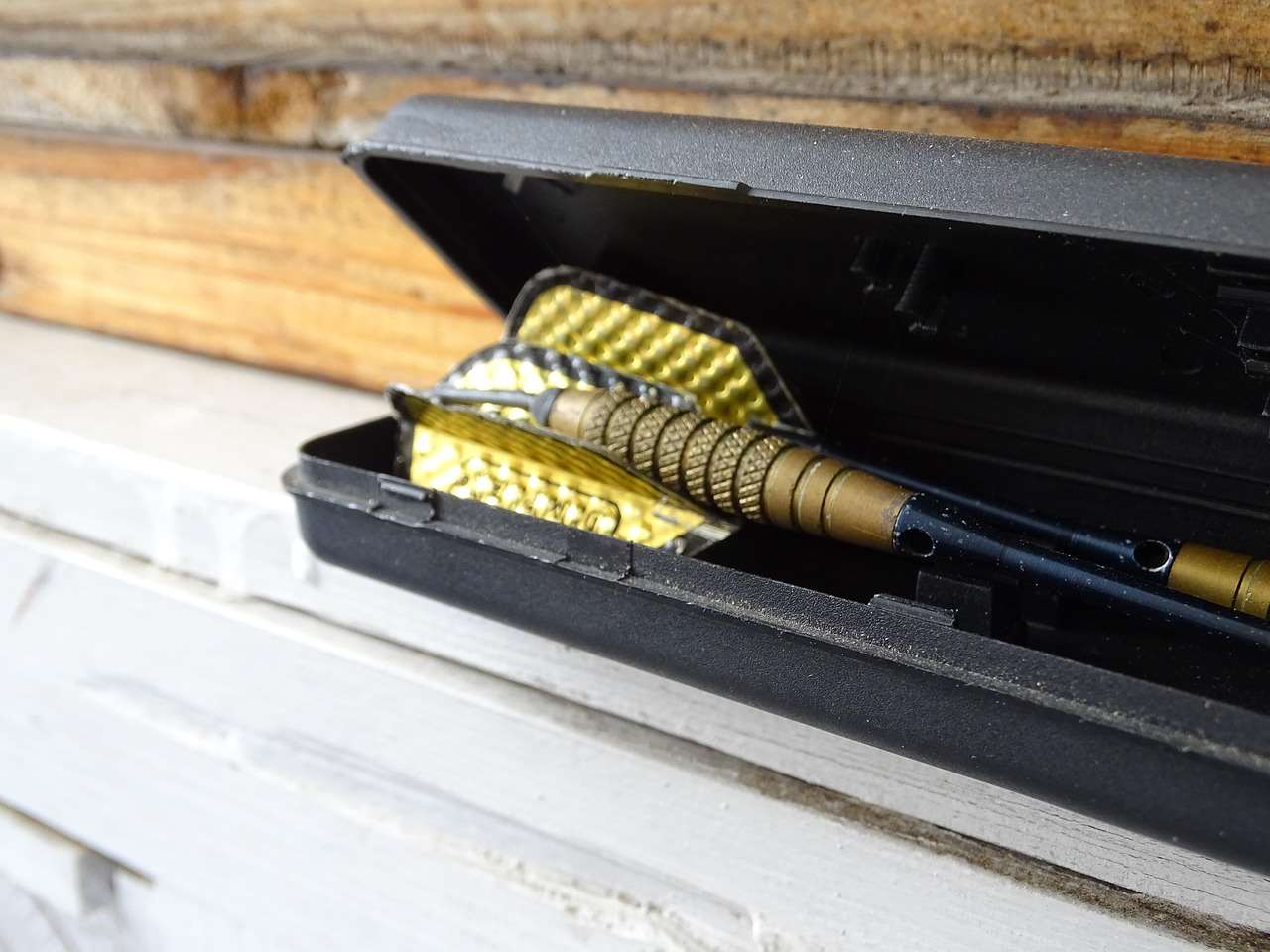
Aiming Strategies: Finding Your Focal Point
Effective aiming is crucial for hitting your target. Experiment with different aiming strategies to find what works best for you. Here are a few common approaches:
- Visual Aiming: Focusing directly on the target and adjusting your throw accordingly.
- Reference Point Aiming: Using a specific point on the dartboard (e.g., a wire or a number) as a reference point for aiming.
- Peripheral Vision Aiming: Using your peripheral vision to guide your throw, relying on muscle memory and intuition.
Regardless of your chosen strategy, it’s important to maintain consistent eye contact with your target throughout your throw. Avoid shifting your gaze or looking away before releasing the dart. Consider the distance from your eye to the target, and how the angle changes slightly depending on where you stand.
Accounting for Dart Trajectory: Understanding Dart Flight
Darts don’t fly in a straight line. They follow a parabolic trajectory, influenced by gravity and aerodynamics. Understanding this trajectory is essential for accurate aiming, especially at longer distances. This is one of the most overlooked bullseye accuracy improving tips.
You’ll need to adjust your aim slightly higher to compensate for the dart’s drop. The amount of adjustment will depend on the distance to the board and the weight and shape of your darts. Experiment to find the optimal trajectory for your equipment and throwing style.
Pay attention to the angle at which your darts enter the board. If they’re consistently angling up or down, you may need to adjust your grip or throw to correct the trajectory. Different dart flights (the feathers at the back) can also change the way the dart flies through the air.
Developing a Pre-Throw Routine: Building Consistency
A consistent pre-throw routine helps to eliminate distractions and prepare you mentally and physically for each throw. This routine should include:
- Visualizing the Shot: Mentally picturing the dart hitting the target.
- Taking a Deep Breath: Relaxing your muscles and focusing your mind.
- Performing a Consistent Stance and Grip: Ensuring your body is properly aligned and your grip is secure.
Repeat this routine before each throw, regardless of the situation. This will help you to maintain focus and consistency, even under pressure. A regular routine can help build confidence.
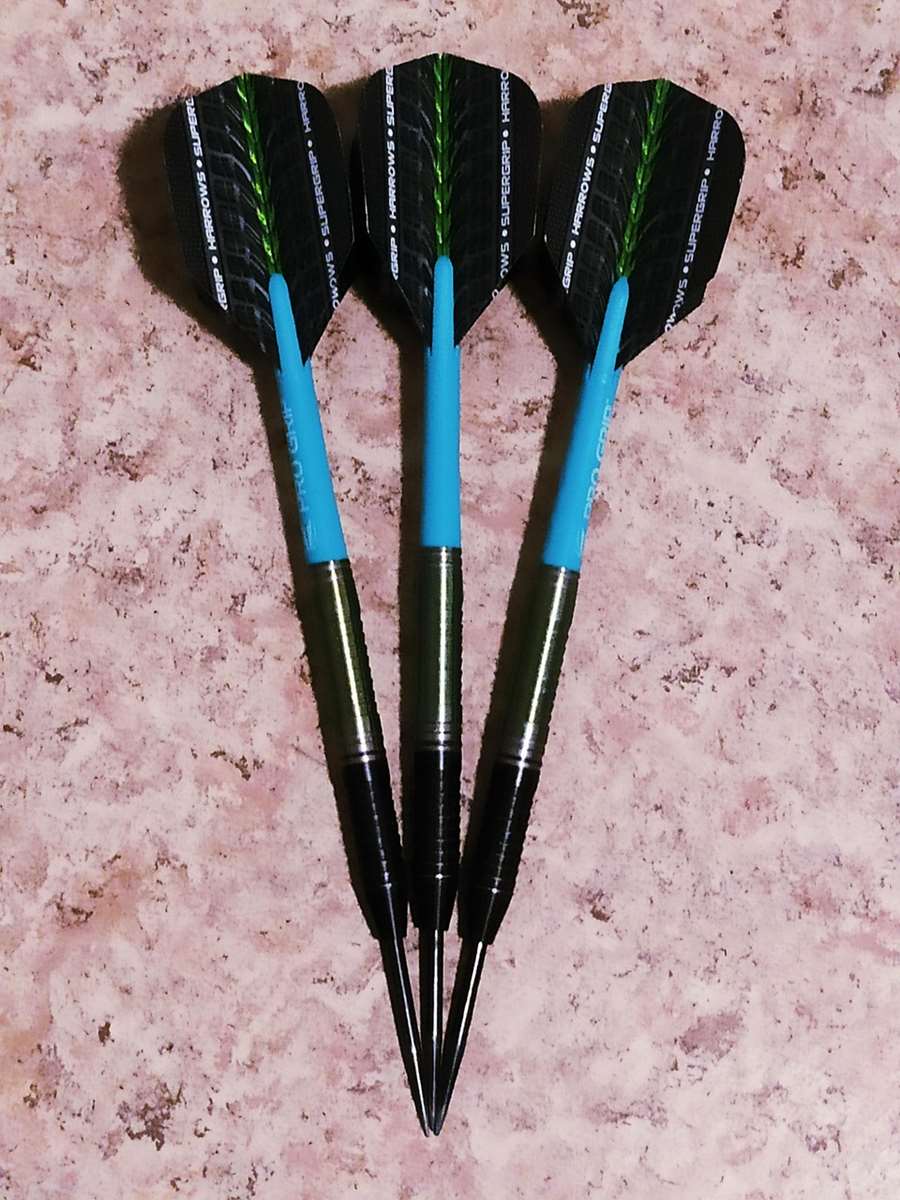
Mental Game: The Unsung Hero of Accuracy
While physical technique is important, the mental game is often the deciding factor in dart performance. Overcoming nerves, staying focused, and maintaining a positive attitude are essential for consistent dart target precision.
Overcoming Nerves: Staying Calm Under Pressure
Nerves can be a major obstacle to accuracy. When you’re nervous, your muscles tense up, your breathing becomes shallow, and your focus deteriorates. Here are some techniques for managing nerves:
- Deep Breathing Exercises: Slow, deep breaths can help to calm your nerves and relax your muscles.
- Visualization Techniques: Mentally rehearsing successful throws can boost your confidence and reduce anxiety.
- Positive Self-Talk: Replacing negative thoughts with positive affirmations can help you to stay focused and confident.
Remember that everyone experiences nerves. The key is to learn how to manage them effectively and prevent them from affecting your performance. Focusing on the process rather than the outcome can also help to reduce anxiety. It is important to adapt your game and approach to your mental state at the time.
Maintaining Focus: Eliminating Distractions
Distractions can derail your focus and lead to inaccurate throws. It’s important to create a mental environment that’s conducive to concentration. This involves:
- Ignoring External Distractions: Blocking out noise, movement, and other distractions.
- Focusing on the Target: Maintaining unwavering eye contact with the bullseye.
- Avoiding Negative Thoughts: Reframing negative thoughts into positive ones.
Practice focusing on your target in a variety of environments, including noisy or distracting settings. This will help you to develop the mental resilience needed to perform well under pressure.
Developing a Positive Attitude: Staying Confident
A positive attitude can have a profound impact on your dart game. Believing in yourself and your abilities can boost your confidence and improve your performance. To foster a positive attitude:
- Focus on Your Strengths: Identifying and celebrating your strengths can boost your self-esteem.
- Learn from Your Mistakes: Viewing mistakes as learning opportunities can help you to grow and improve.
- Surround Yourself with Positive People: Interacting with supportive and encouraging individuals can enhance your mood and motivation.
Remember that setbacks are inevitable. The key is to maintain a positive attitude and keep striving to improve. Even professional players experience periods of poor performance, and it is important to persevere. For more on fun dart game variations with modified rules, bear in mind that a change of pace can sometimes help you reset and refresh your approach to the game. When playing under pressure, remember that confidence is crucial for success in darts.
Equipment and Practice: Optimizing Your Tools and Training
Selecting the right equipment and implementing effective practice strategies are essential for achieving optimal dart precision. This section explores factors like dart selection, board maintenance, and structured practice drills.
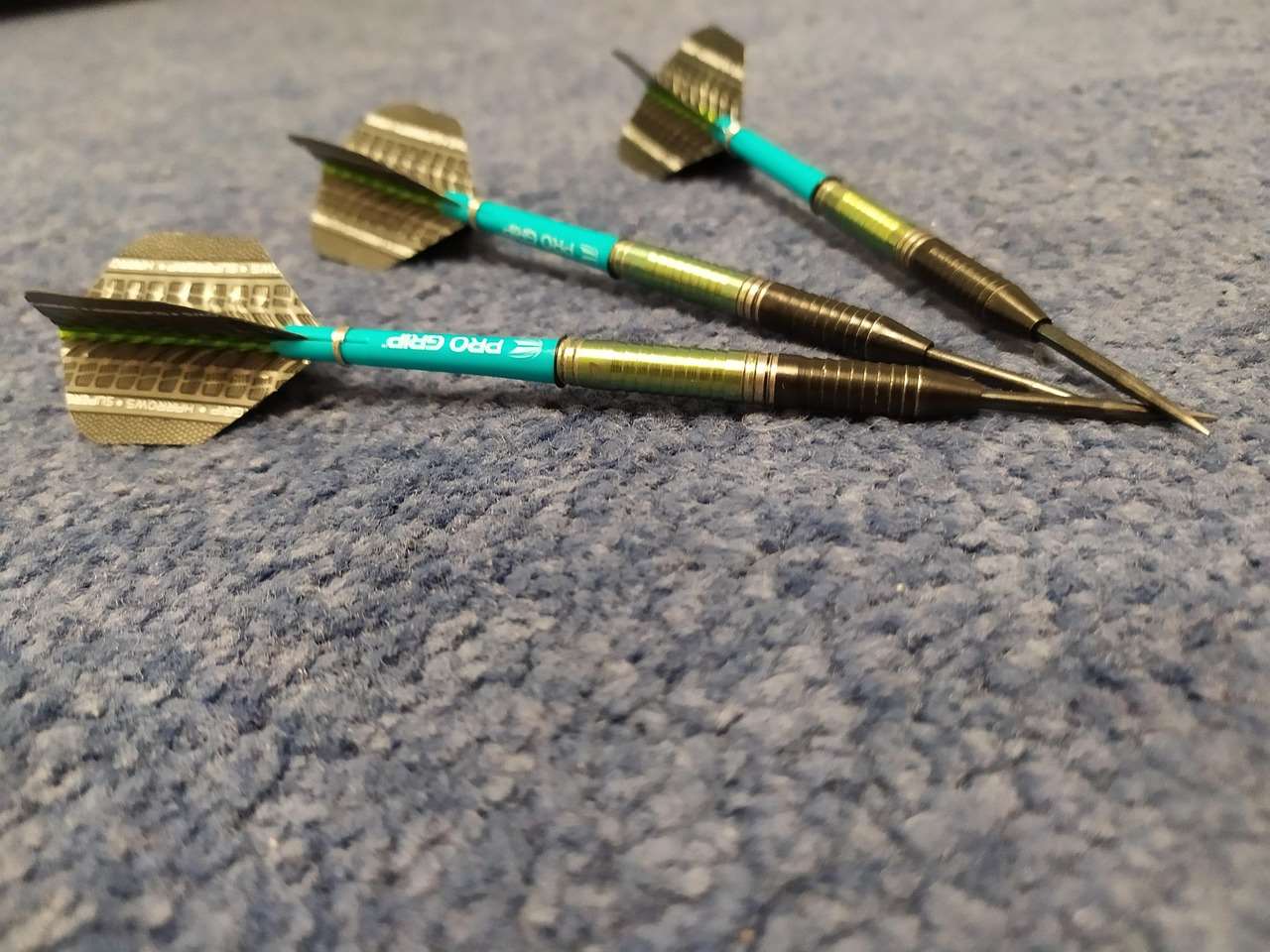
Dart Selection: Choosing the Right Weapon
The type of dart you use can significantly impact your accuracy. Consider these factors when selecting darts:
- Weight: Heavier darts (24-26 grams) tend to be more stable in flight, while lighter darts (20-22 grams) offer more control.
- Barrel Shape: Different barrel shapes (e.g., straight, torpedo, bomb) affect the dart’s grip and balance.
- Grip: Choose a grip that feels comfortable and secure in your hand.
Experiment with different darts to find what feels best for you. It’s also worth noting that darts are typically made from brass, nickel or tungsten, with tungsten darts being the most dense. This means you can have a thinner dart which can allow for tighter groupings in the board.
Board Maintenance: Keeping Your Target in Top Condition
A well-maintained dartboard is essential for accurate play. Regular maintenance includes:
- Rotating the Board: Rotating the board regularly prevents wear and tear in specific areas.
- Removing Loose Fibers: Removing loose fibers with a soft brush keeps the board surface clean and smooth.
- Avoiding Moisture: Keeping the board dry prevents warping and damage.
A poorly maintained dartboard can lead to bounce-outs and inaccurate scores, hindering your progress. Ensure your dartboard is properly set up. The bullseye should be 5 feet 8 inches from the floor, and the throwing line should be 7 feet 9 and 1/4 inches from the face of the board.
Practice Drills: Sharpening Your Skills
Structured practice is crucial for improving your accuracy. Implement these drills into your training routine:
- Bullseye Practice: Focus solely on hitting the bullseye, aiming for consistent accuracy.
- Targeted Segment Practice: Practice hitting specific segments on the board (e.g., double 20, treble 19) to improve your scoring ability.
- Game Simulation: Play simulated games against yourself or a partner to practice under pressure.
Set realistic goals and track your progress to stay motivated. Consistency is key to improving your dart game.
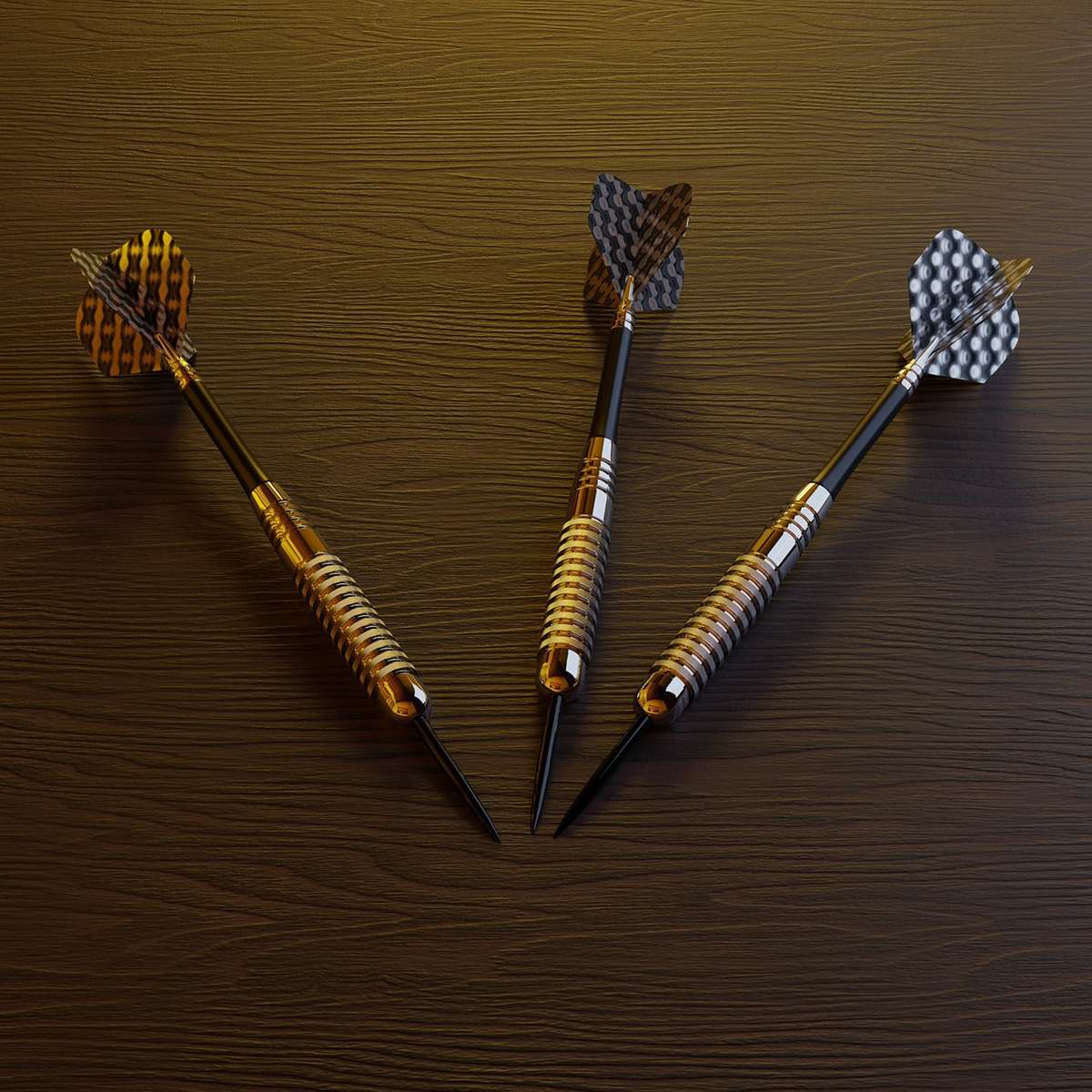
Analyzing Your Performance: Identifying Weaknesses and Tracking Progress
Effective analysis and tracking are critical components of ongoing bullseye accuracy improving tips. By identifying areas for improvement and monitoring your progress, you can optimize your training and accelerate your development.
Recording Your Scores: Documenting Your Progress
Keeping a record of your scores is essential for tracking your progress. This involves:
- Tracking Your Averages: Calculating your average score per dart and per game.
- Recording Your Hit Rates: Monitoring your success rate for specific targets (e.g., bullseye, double 20).
- Noting Any Trends: Identifying patterns in your performance (e.g., consistently missing high or low).
Use a notebook, spreadsheet, or dart-tracking app to record your scores and analyze your performance over time. This will provide valuable insights into your strengths and weaknesses.
Identifying Weaknesses: Pinpointing Areas for Improvement
Analyzing your scores and performance can help you to identify areas where you need to improve. This involves:
- Evaluating Your Stance, Grip and Throw: Assessing your technique for any flaws or inconsistencies.
- Analyzing Your Mental Game: Identifying any mental obstacles that are hindering your performance.
- Seeking Feedback from Others: Asking experienced players for feedback on your technique and strategy.
Be honest with yourself about your weaknesses and focus on addressing them through targeted practice and technique adjustments. For example, if you consistently miss to the left, you may need to adjust your stance or throw to compensate.
Adjusting Your Training: Tailoring Your Practice
Based on your analysis, adjust your training to focus on your weaknesses and optimize your strengths. This may involve:
- Modifying Your Practice Drills: Tailoring your practice drills to address specific areas for improvement.
- Experimenting with Different Equipment: Trying different darts, flights, or shafts to find what works best for you.
- Seeking Professional Coaching: Working with a qualified dart coach to receive personalized instruction and guidance.
Continuously evaluate your progress and adjust your training as needed to maximize your potential. Remember that improving your dart game is an ongoing process that requires dedication, discipline, and a willingness to learn.
By following these bullseye accuracy improving tips, and dedicating yourself to consistent practice and improvement, you’ll be well on your way to achieving your darting goals. Good luck and happy throwing!
Hi, I’m Dieter, and I created Dartcounter (Dartcounterapp.com). My motivation wasn’t being a darts expert – quite the opposite! When I first started playing, I loved the game but found keeping accurate scores and tracking stats difficult and distracting.
I figured I couldn’t be the only one struggling with this. So, I decided to build a solution: an easy-to-use application that everyone, no matter their experience level, could use to manage scoring effortlessly.
My goal for Dartcounter was simple: let the app handle the numbers – the scoring, the averages, the stats, even checkout suggestions – so players could focus purely on their throw and enjoying the game. It began as a way to solve my own beginner’s problem, and I’m thrilled it has grown into a helpful tool for the wider darts community.